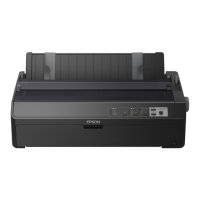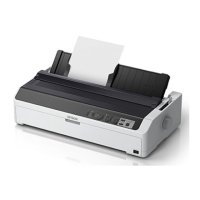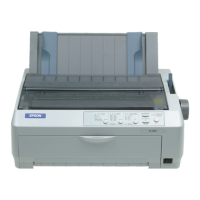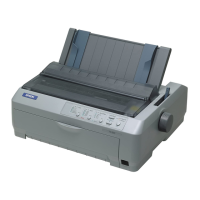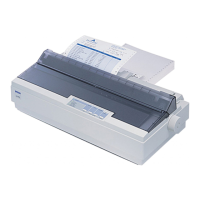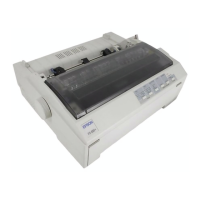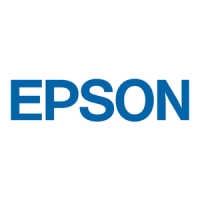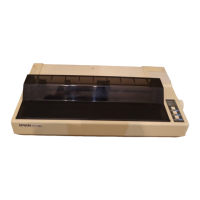What to do if paper release lever is set to the wrong position in Epson FX-890II Printer?
- CCarmen RhodesSep 10, 2025
Set the paper release lever to the position for the paper source you want to use. If paper from another paper source is currently in the paper path, press the Load/Eject button to eject the paper; then move the paper release lever to the desired position.
